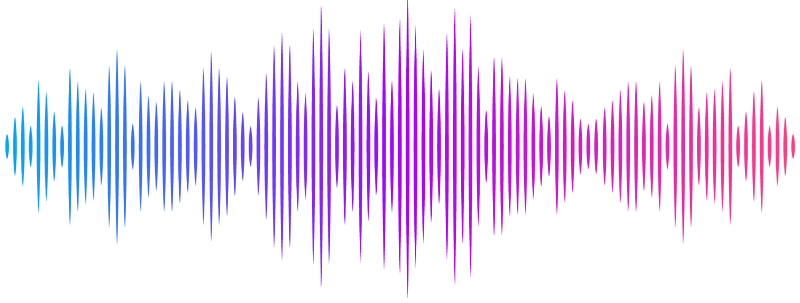De novo Sequencing and Whole Transcriptome Analysis for Biosynthesis Pathway of Diosgenin in Pedalium murex L.: A Medicinal herb

De novo Sequencing and Whole Transcriptome Analysis for Biosynthesis Pathway of Diosgenin in Pedalium murex L.: A Medicinal herb
Ranjan, R.; Tyagi, P.
AbstractTranscriptome-based investigations of candidate genes, critical pathways, and gene regulation in non-model species have been transformed by high-throughput RNA sequencing in different studies. Pedalium murex L. is one of the most important annual medicinal herbs of the Pedaliaceae family. Because of its anti-inflammatory, antioxidant, antimicrobial, and anticancerous properties, P. murex is widely used in traditional medicine to treat gonorrhoea, leucorrhoea, urinary disorders, gastrointestinal tract disorders, cough, and asthma. Steroidal diosgenin is the major bioactive compound of P. murex. However, transcriptional technologies have yet to be used to study the steroid diosgenin biosynthetic pathway of this herb. In this study, we performed a whole transcriptomic analysis of the root, fruit, and leaf tissues of P. murex with three biological replicates and obtained ~6.77 Gb of clean raw data. A total of 148871 unigenes were assembled with an average length of N50 and 1167 bp. Putative functions could be annotated to 75198 unigenes based on a BLASTX search against the NR, Uniprot, KEGG, Pfam, GO, and COG databases. Most of the unigenes related to steroidal diosgenin backbone biosynthesis were up-regulated in the root, fruit and leaf, except for the MVD gene in the leaf. qRT-PCR further verified the differential expression analysis of selected genes. It shows the highest homology with Sesamum indicum, Handroanthus impetiginosus, Erythranthe guttata, Oleaeuropaea var. sylvestris, and Dorcoceras hygrometricum. A total of 21026 unigenes of transcription factors were assembled into transcription factor families. A total of 8760 unigenes of SSR were assembled. The transcriptome data presented here will make it easier to study the functional genomics of steroidal diosgenin biosynthesis and to change the genes of P. murex to make it more diosgenin.